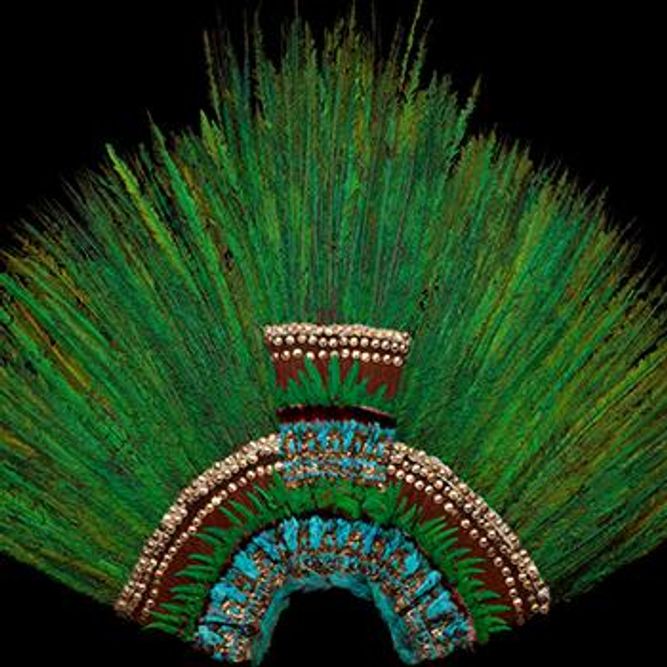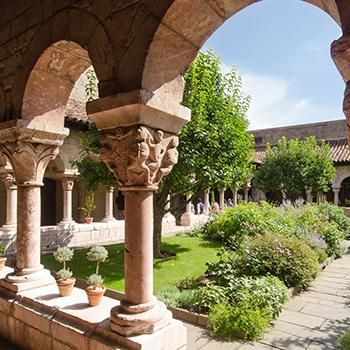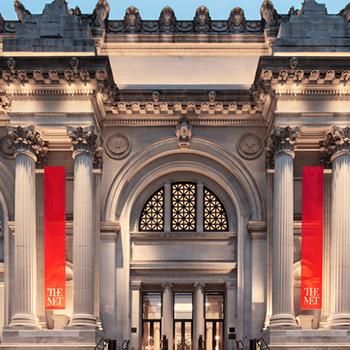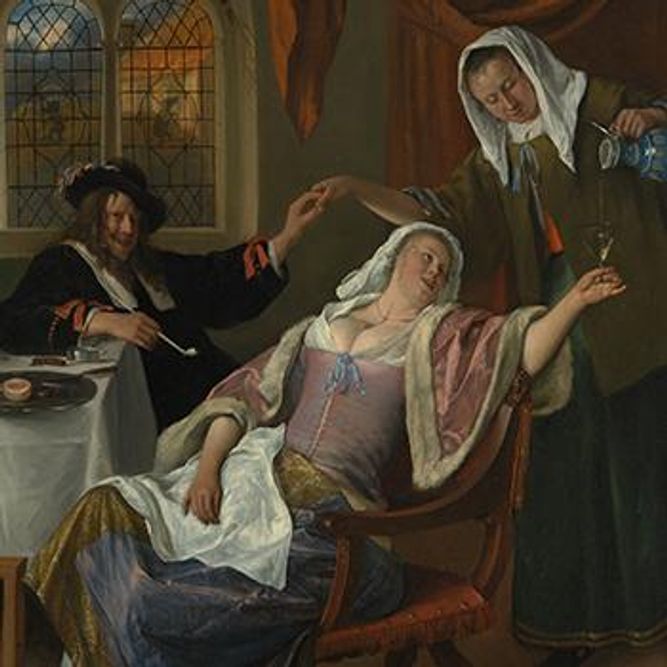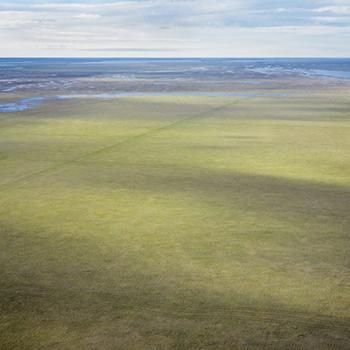Art History
The Department of Art History plays a vital role in the intellectual life of Fordham University's undergraduates, teaching students necessary skills to analyze and appreciate non-verbal modes of expression.
Art History courses explore visual production from a wide range of cultures: European (ancient through modern); Latin American (ancient through modern); Asian Art; and the contemporary United States. For more information about our program please visit our blog Art Ramblings.
Digital Projects
Most of our upper-level courses have a digital component focused on giving students the opportunity to contextualize and share their research beyond the classroom. We use digital platforms like Omeka to teach students how to curate art collections and online exhibitions for a public audience. Some of our digital projects adopt emerging media and technology, such as digital mapping, image annotation, and video production tools to give students the opportunity to engage in scholarly research in a digital context. Below you will find a few of our digital projects.
Looking Ahead
Many careers are open to Art History Majors. The skills and knowledge from classes and department-sponsored internships are the foundation for a range of work in the arts and business worlds. Talk with professors about future plans and explore Career Options for Art History Majors – some of the jobs open to you may be surprising
We acknowledge that Fordham University occupies the unceded land of the Lenni-Lenape and the Wappinger Peoples. As a community dedicated to the ideals of Jesuit education, Fordham aspires to show appreciation, respect, and concern for all Peoples of this land. We acknowledge the long and complex history that has brought us to reside on this land, and we seek to evaluate the ongoing effects of settler colonialism and our participation in that process. We remember the Indigenous Peoples' connection to this region, and appreciate the opportunity to live, learn, and pray in their traditional homeland. We honor the Lenape Elders and other Indigenous Caretakers of these lands and waters before us, the Indigenous Peoples today, and the generations to come.
